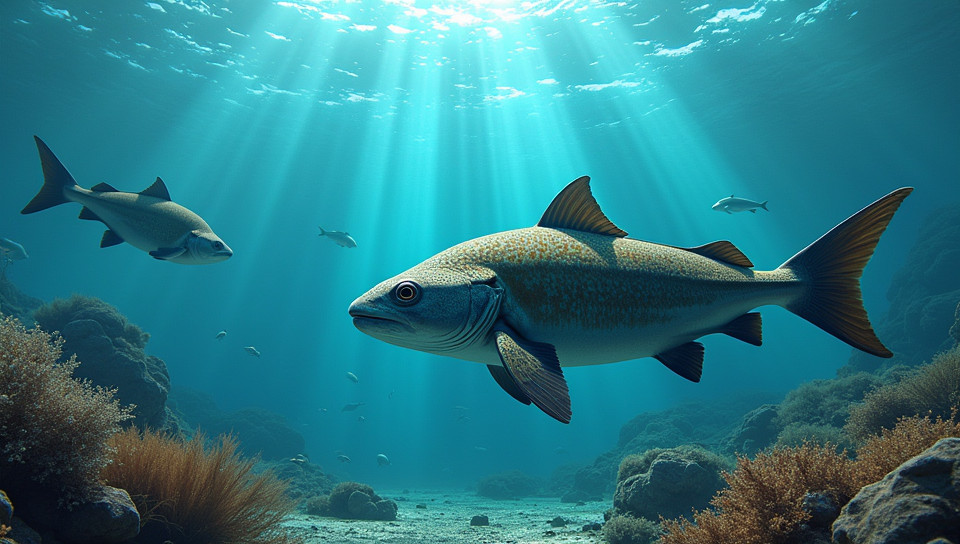Selective breeding promotes adaptation to changing ocean conditions 80%

Adapting to a Changing Ocean
The world's oceans are facing unprecedented challenges, from rising temperatures and acidification to overfishing and pollution. These changing conditions pose significant threats to marine ecosystems, making it essential for us to develop new strategies to promote adaptation and resilience in the face of these challenges.
The Power of Selective Breeding
One such strategy is selective breeding, a technique that has been used for centuries in agriculture to improve crop yields and disease resistance. By applying this same principle to marine species, scientists can help them adapt to changing ocean conditions more effectively.
What is Selective Breeding?
Selective breeding involves the intentional selection of certain individuals within a population with desirable traits, such as increased tolerance to warmer waters or enhanced ability to cope with ocean acidification. These individuals are then bred together to produce offspring that inherit these beneficial characteristics.
- Increased disease resistance
- Improved growth rates in low-oxygen environments
- Enhanced tolerance to warmer waters
- Ability to thrive in areas with reduced food availability
Benefits of Selective Breeding for Marine Species
Selective breeding offers several benefits for marine species facing changing ocean conditions. By promoting adaptation and resilience, scientists can help these species better withstand the impacts of climate change, reducing the risk of extinction and ensuring the long-term health of our oceans.
Real-World Applications of Selective Breeding
Scientists have already begun applying selective breeding to various marine species, with promising results. For example:
Coral Reef Resilience
Researchers are using selective breeding to enhance the resilience of coral reefs in the face of rising sea temperatures and ocean acidification. By selecting corals that exhibit increased tolerance to these stressors, scientists can help preserve these critical ecosystems for future generations.
Fish Farming Innovations
Selective breeding is also being used in fish farming to produce species that are better suited to changing ocean conditions. This includes developing fish with enhanced disease resistance and improved growth rates in low-oxygen environments.
Conclusion
As our oceans continue to face unprecedented challenges, it's essential that we explore new strategies for promoting adaptation and resilience in marine ecosystems. Selective breeding offers a powerful tool for achieving this goal, enabling scientists to develop species that are better equipped to thrive in a changing ocean environment. By harnessing the potential of selective breeding, we can help ensure the long-term health and prosperity of our oceans, supporting both human well-being and the planet's delicate ecosystem balance.
- Created by: Olivia Brunner
- Created at: Nov. 9, 2024, 12:38 p.m.
- ID: 15681




